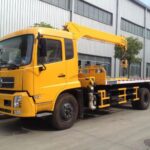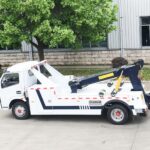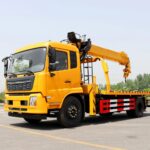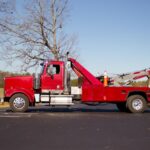When it comes to heavy-duty towing, one type of vehicle stands out as the ultimate workhorse in the industry: le rotator tow truck. These remarkable machines are the unsung heroes of the towing world, capable of handling a wide range of tasks with precision and power. Dans cet article, we will explore the world of rotator tow trucks, their features, applications, and the crucial role they play in the realm of heavy-duty towing.
Understanding Rotator Tow Trucks
Rotator tow trucks, also known as rotators or rotator wreckers, are specially designed for heavy-duty towing et opération de récupérations. They get their name from the rotating boom or crane-like structure mounted on the back of the truck. This pivotal feature distinguishes them from conventional tow trucks and endows them with a unique set of capabilities.
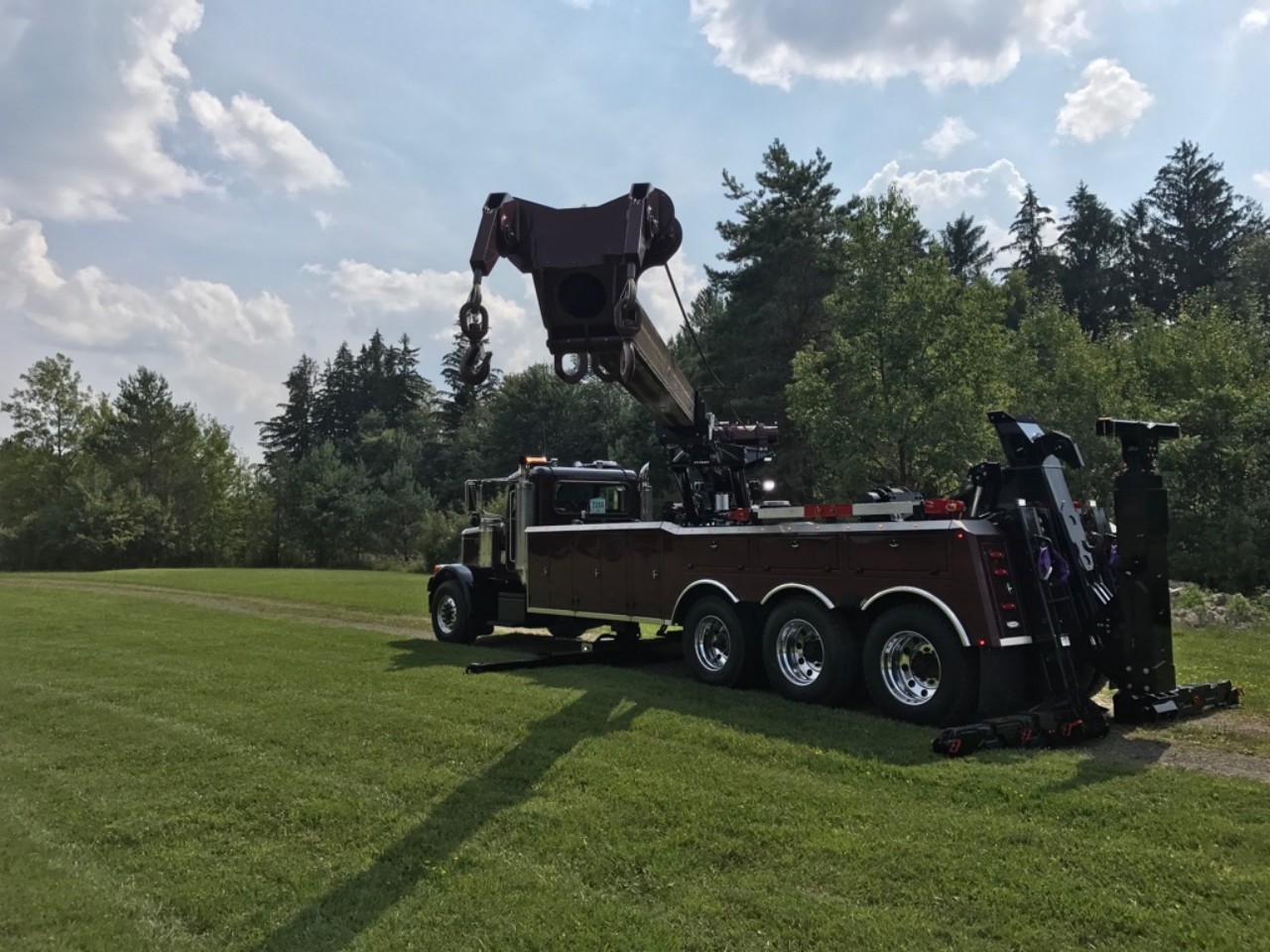
The Anatomy of a Rotator Tow Truck
UN rotator tow truck comprises several key components that make it a versatile heavy-duty towing solution:
1. Rotating Boom: At the heart of the rotator is its rotating boom. This boom can pivot 360 degrés, enabling it to access and lift vehicles from a variety of angles, whether they are overturned, on their sides, or in tight spaces. It provides a significant advantage when it comes to navigating complex recovery situations.
2. Winch System: UN powerful winch system is integrated into the rotating boom, allowing the operator to secure and lift heavy loads with ease. The winch is often equipped with multiple lines, which further enhances its lifting capacity and versatility.
3. Stabilizers: To ensure safety and stability during lifting and towing operations, rotator tow trucks are equipped with stabilizers. These extendable legs or outriggers provide a firm foundation for the truck, preventing it from tipping over while lifting heavy loads.
4. Remote Control: Many rotator tow trucks come with remote control capabilities, which allow operators to control the boom, winch, and stabilizers from a safe distance. This feature is especially useful in hazardous recovery situations.
5. Variety of Attachments: Rotator tow trucks can be customized with a range of attachments and accessories, such as spreader bars, snatch blocks, and rigging equipment. These attachments expand the capabilities of the rotator, making it suitable for a wide array of tasks.
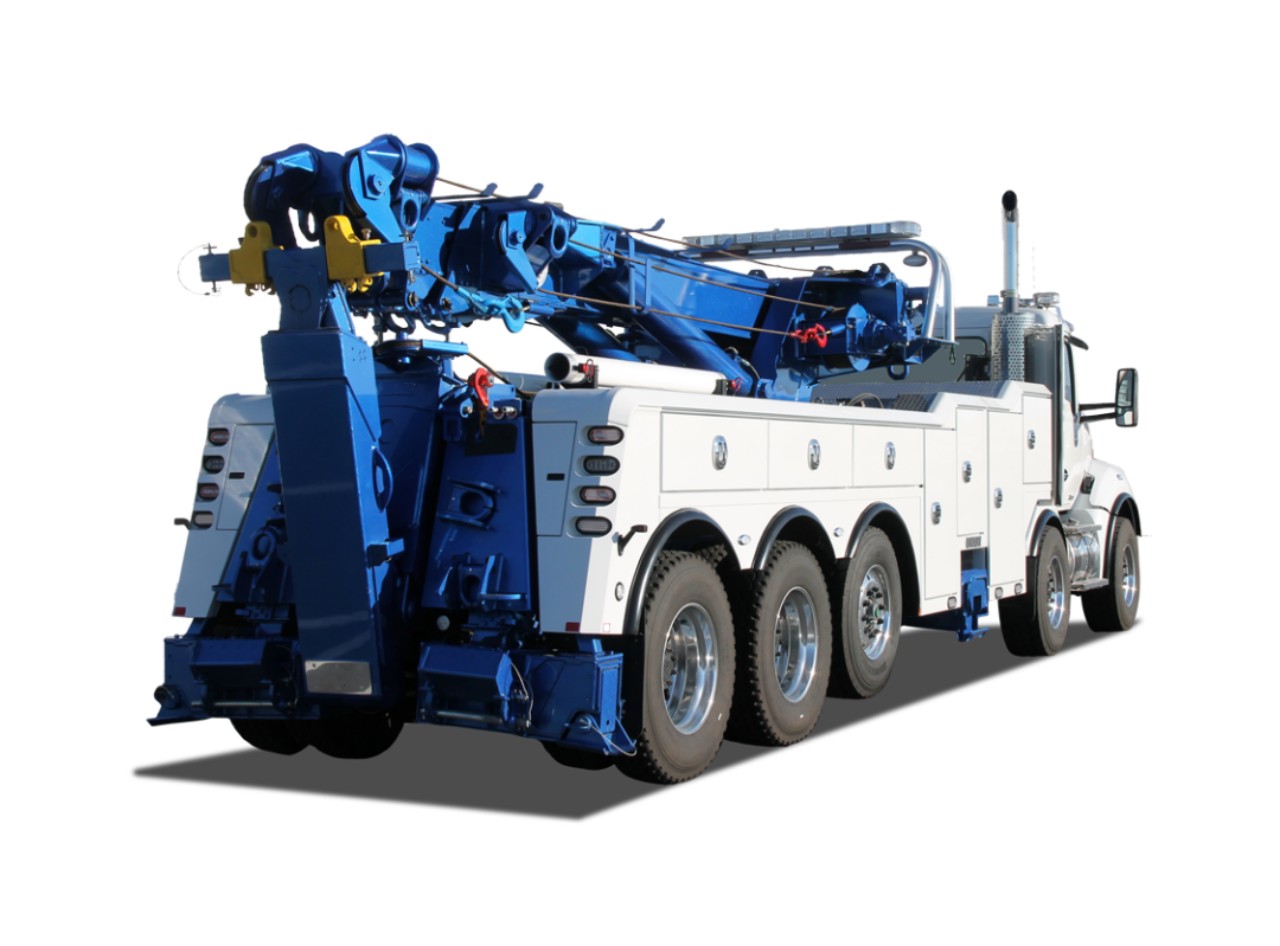
Applications of Rotator Tow Trucks
Rotator tow trucks are incredibly versatile and find applications in various scenarios where heavy-duty towing is required:
1. Accident Recovery: Rotators excel in recovering vehicles involved in accidents. Their rotating booms et winch systems make it possible to lift and tow even the heaviest commercial trucks and buses involved in collisions.
2. Overturned Vehicles: When a vehicle has overturned, un rotator tow truck‘s 360-degree rotation capability comes into play. It can easily access and recover overturned vehicles, reducing the risk of further damage during the recovery process.
3. Industrial Equipment: These trucks are not limited to towing only vehicles. They are also used to transport heavy industrial equipment, construction machinery, and even aircraft in some cases.
4. Container Handling: Rotators are commonly used at ports and shipping yards to handle and transport shipping containers. Their strength and precision are crucial in managing these enormous loads.
5. Recovery in Tight Spaces: Le rotator’s compact design and agile maneuverability make it ideal for opération de récupérations in tight spaces, such as urban areas, alleys, and parking garages.
6. Hazardous Materials Incidents: In situations involving hazardous materials, un rotator tow truck‘s remote control capabilities are invaluable. It allows operators to manipulate the recovery process without exposing themselves to potential dangers.
7. Specialized Recovery: Rotators can be equipped with specialized attachments for unique recovery tasks, such as underwater recovery, confined space recovery, et recovery in challenging terrain.
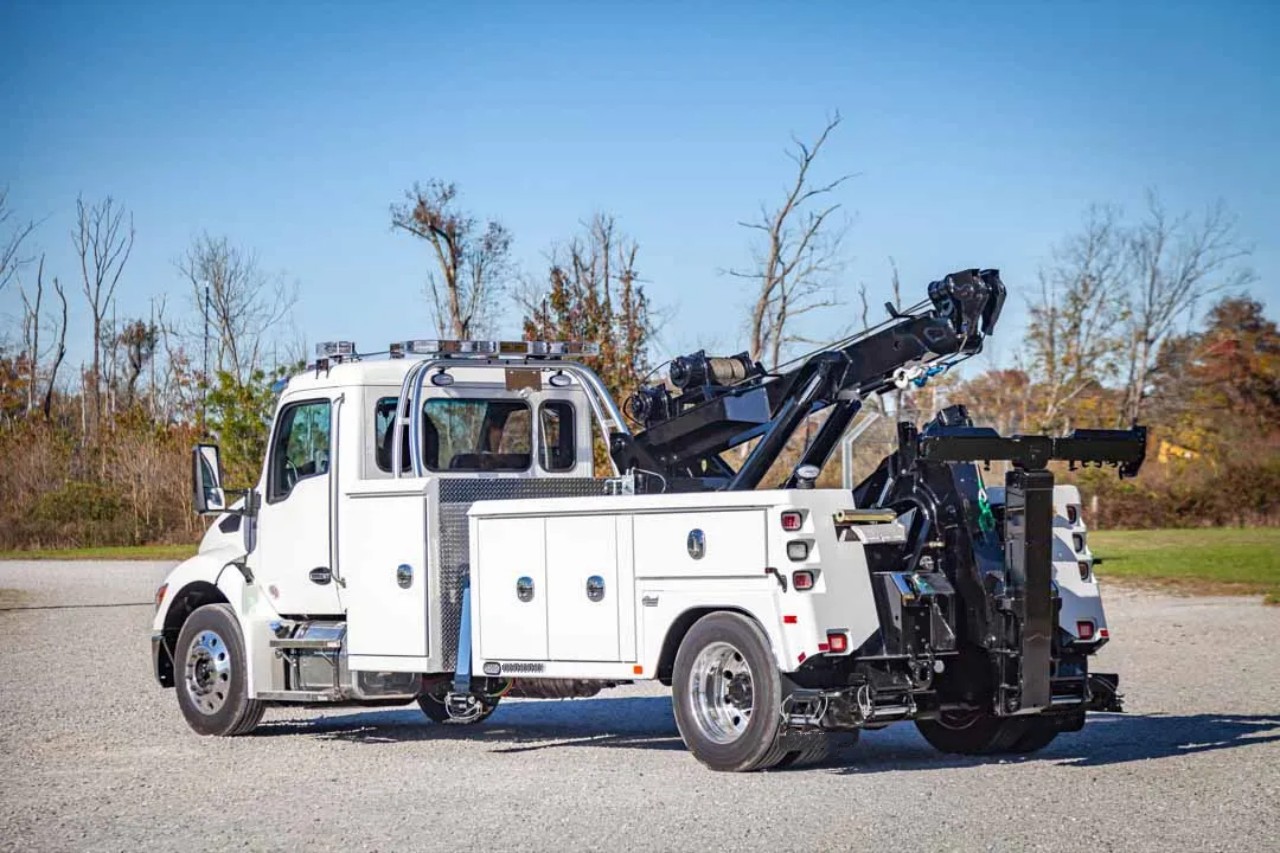
The Role of Skilled Operators
While rotator tow trucks are undoubtedly powerful machines, the skill and experience of the operator are critical to their success. Towing professionals who operate rotators undergo rigorous training to ensure they can safely and effectively manage the complex machinery and the challenges of heavy-duty recovery operations.
Operators need to have a deep understanding of load dynamics, rigging techniques, and the specific capabilities of their rotator tow truck. They must make split-second decisions to ensure the safety of the recovery process, the cargo, and the surrounding environment.
Safety Considerations
Safety is paramount in the world of heavy-duty towing, et rotator tow trucks are no exception. The unique capabilities of rotators come with the potential for significant risks, and operators must be diligent in adhering to safety protocols.
Stabilizers must be properly deployed to prevent tipping during lifting and towing. Load calculations et rigging techniques are crucial to ensure that the load is secure and stable. En outre, operators must be well-versed in recognizing potential hazards and mitigating them during recovery operations.
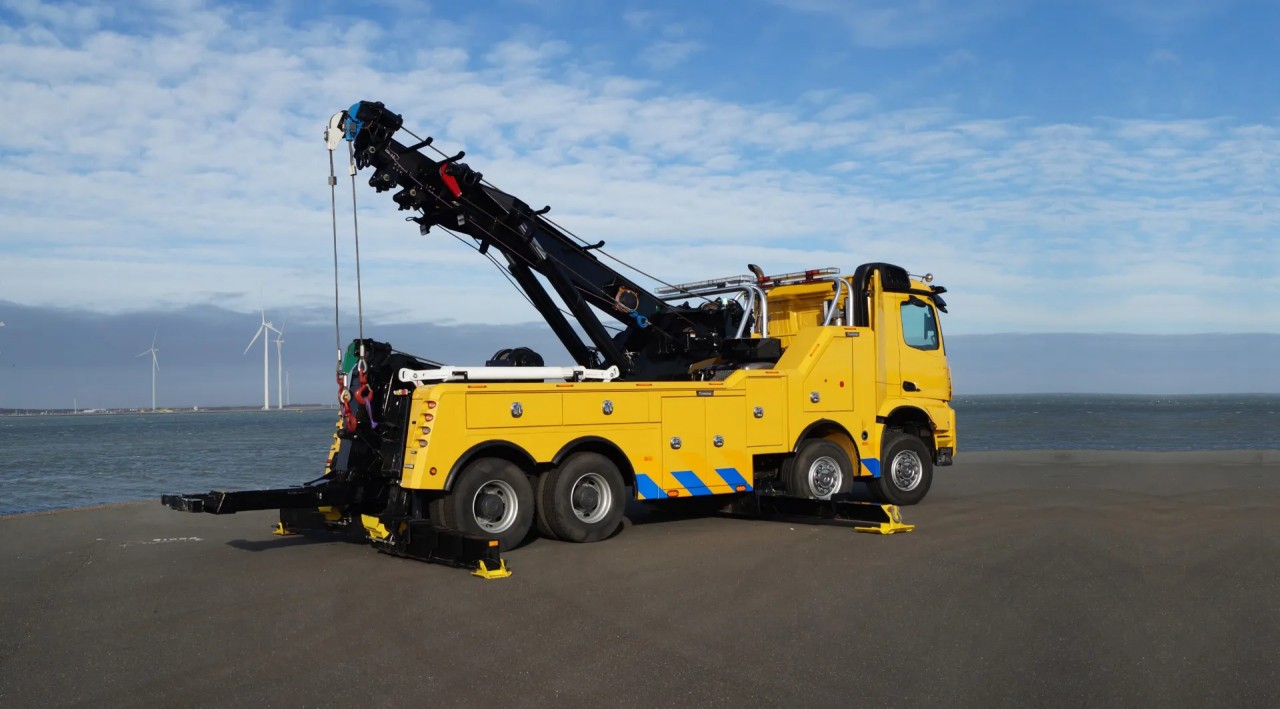
The Evolution of Rotator Tow Trucks
The history of rotator tow trucks is a story of innovation and adaptation. These vehicles have evolved over the years to meet the demands of modern heavy-duty towing and recovery. Advances in technology have played a significant role in this evolution.
Modern rotator tow trucks are equipped with state-of-the-art features, such as hydraulic systems for smoother and more precise operations, advanced safety systems to protect operators and bystanders, and even telematics for remote monitoring and diagnostics. These enhancements have made rotators more efficient and safer than ever before.
The Economic Impact of Rotator Tow Trucks
Rotator tow trucks play a crucial role in the economy by facilitating the movement of goods and ensuring the flow of commerce. When accidents or breakdowns occur on the road, le rapid and efficient recovery of vehicles and cargo is essential to minimize disruptions et keep businesses running smoothly.
In the transportation and logistics industry, timely recovery of disabled commercial vehicles means less downtime and reduced financial losses for companies. It also minimizes traffic congestion et congestion-related costs, making the operation of rotator tow trucks an essential component of economic efficiency.
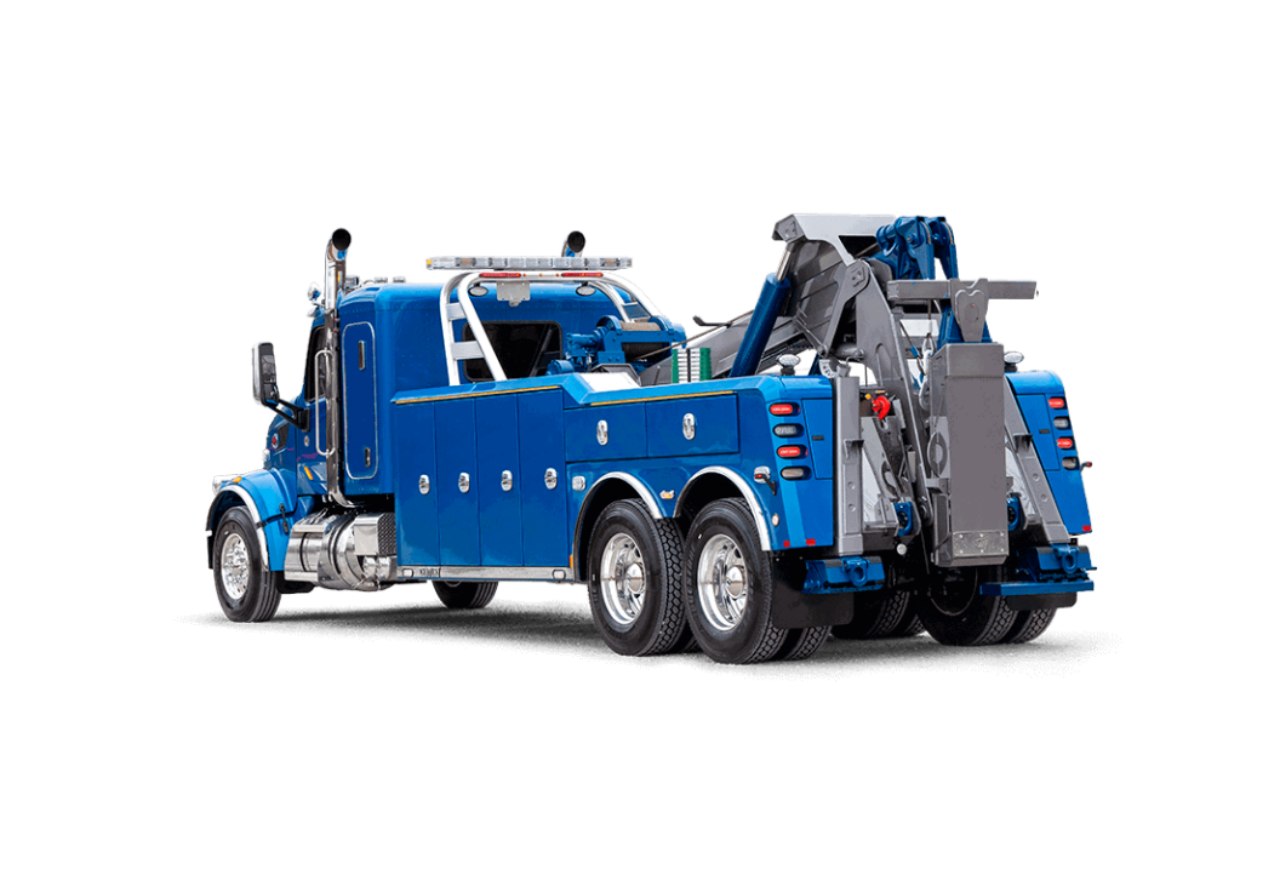
Conclusion
Rotator tow trucks are the unsung heroes of the heavy-duty towing world. Their unique design and capabilities make them indispensable in a wide range of recovery and towing operations, from accident recovery to handling massive industrial equipment. The versatility, power, and precision of rotators, combined with the expertise of skilled operators, ensure that these remarkable machines can tackle the most challenging tasks.
Alors que la technologie continue de progresser, we can expect rotator tow trucks to become even more efficient and safe, further cementing their place as the ultimate heavy-duty towing solution. In a world where the movement of goods and the safety of travelers are paramount, rotator tow trucks are a testament to human ingenuity et engineering prowess. They are a testament to our ability to overcome the most formidable challenges on the road.



